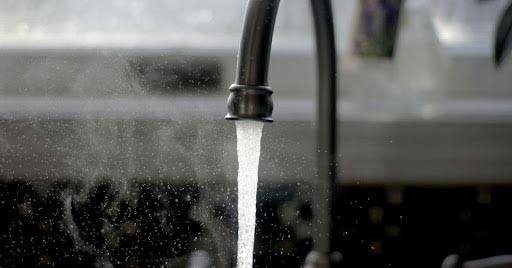Winter Pipe Care: How to Winterize Pipes in Your Home


As temperatures drop, winterizing the home becomes a top-priority maintenance task for homeowners. Pipes in your home can experience higher pressure, freezing, leaking, and even bursting. In the long run, understanding winter pipe care can save you a lot of money and time.
Once you know which preventative steps to take, winterizing your pipes can become part of your routine annual home maintenance. This post will walk you through pipe care, why you should winterize your pipes, when to do it, and how to stay protected in case of water damage.
When the time comes to sell your home, painting the walls and updating the appliances won’t be enough to close a sale if there’s water damage. But home maintenance is an investment not just in your property value, but also in your peace of mind—the last thing you want to deal with in the dead of winter is home repairs!
Here are a few more reasons to add winter pipe care to your priority list this year:
Now that you understand the importance, let’s start with the basics of winterizing pipes in your home.
Winter pipe care is mainly about two things: pipe insulation and protecting outside faucets from freezing by maintaining water flow. Here’s how that looks laid out in easy-to-follow tips:
While leaving your tap slightly open may go against your every instinct, maintaining water flow in your faucets is an easy way to reduce the risk of freezing damage because it maintains movement instead of leaving stagnant water to turn into a block of ice.
Hose bib insulation protects outdoor faucets, preventing freezing even in extreme temperatures. Adding winter pipe insulation around exterior pipes will do wonders against the cold, keeping those freezing temperatures outside while the water continues to flow inside.
Make note of which cabinets and closets contain pipes, and close the doors when they’re not in use. While doors may not seem like much of a barrier, they will help conserve heat in those spaces, keeping the pipes from freezing.
Whether you want to save money on heating or want to go out of town for a few days, you may be turning the heat down this winter. To avoid bursting pipes, remember to always keep your home around at least 50°F.
If you need your hoses in the winter, remember to drain any outdoor hoses every time you hook them up to the faucets to keep water inside from getting stuck and freezing. Don’t forget the sprinkler system! Protecting outside faucets from freezing is one thing, but draining and shutting off the sprinklers to avoid freeze damage will guarantee that it’s working as expected come spring.
What happens if you’re planning on being away for the winter or the house is up for sale and is expected to be empty throughout the season? The biggest tip is always to try to keep the house from dipping below 50°F. On top of that, however, the following measures will keep the house in great shape even if with no one inside.
Instead of keeping the water flowing as you would with an inhabited house, with an empty home, you'll want to turn off the main water supply. The main water supply is commonly situated near the street or sidewalk and can be turned off using a water key. You’ll interrupt the flow of water and reduce the risk of freezing. After turning off the main water supply, open the taps to drain any remaining water from the pipes. This will help reduce the risk of freezing during colder weather and prevent potential damage.
Adding antifreeze, especially to toilets, is a great way to keep an empty house from getting water damage and is often used by people who leave their summer cabins alone during the off-season. Add a quart of antifreeze to the bowl after flushing and a small amount to the tank to protect the flush valve and other elements. Don’t forget the drains as part of your exit routine before closing the home.
Trying to stabilize the temperature of your home requires not only that you set the thermostat, but also that you keep weather from making its way inside. Seal any cracks and gaps in the home's exterior to prevent drafts and save your furnace some work.
Now you understand how to winterize pipes and the importance of winterizing your pipes to protect your plumbing and property value. Whether it involves securing the main water supply, adding antifreeze to toilets and drains, or insulating vulnerable pipes, these actions are fundamental for maintaining the integrity of your plumbing system. By staying informed about seasonal changes and consistently implementing preventive measures, you not only shield your property from freezing damage in colder months but also ensure the long-term efficiency of your plumbing infrastructure and the value of your home.
For all other pipe-related issues, including malfunctions in your pipes, toilets, and drains, America's First Choice Home Warranty has you covered. To learn how an AFC Home Warranty can protect your home’s systems and appliances, call 866-242-0629 today.

Coverage not available in CA, WA and HI